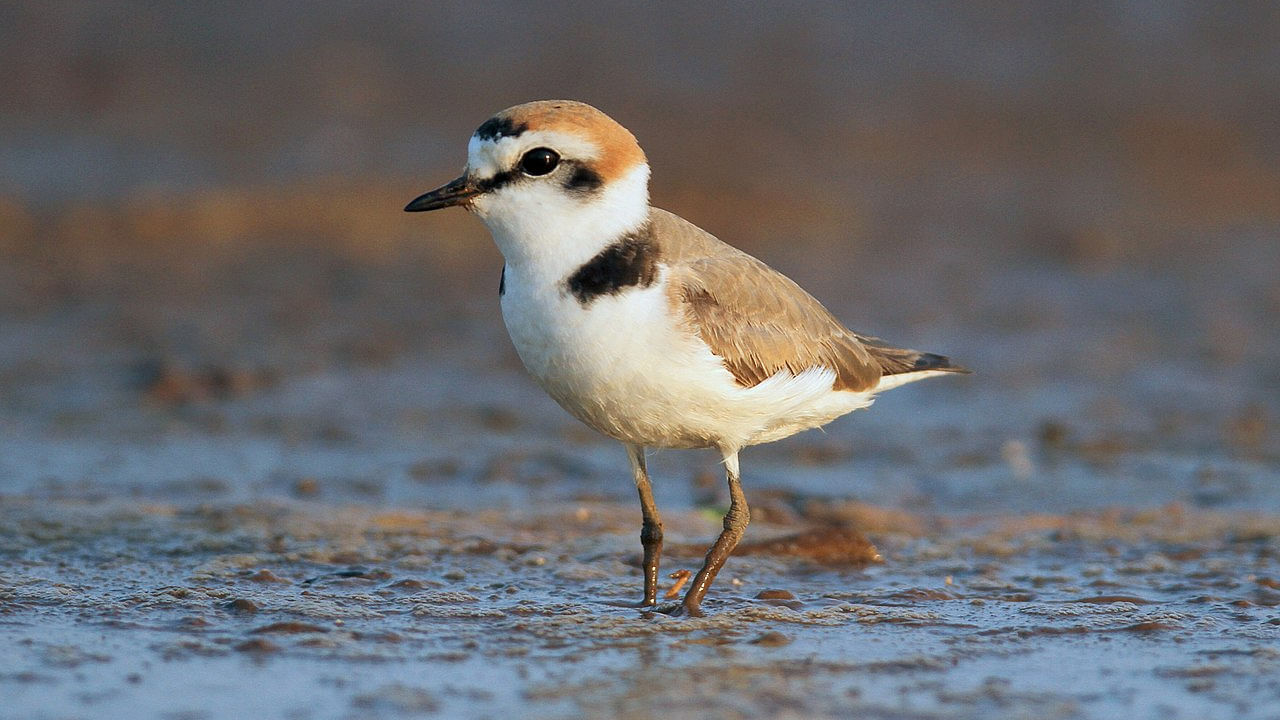
The Hanuman plover bird, a resident of India and Sri Lanka, has been reinstated as a species 86 years after being relegated to a subspecies, a move that researchers hope will focus conservation attention on at-risk habitats.
Named after the Hindu god Hanuman, the small whitish bird, the size of a Robin, was merged with the Kentish plover in the 1930s as both species were considered to be the same.
However, the advent of DNA sequencing has allowed scientists to confirm subtle differences between the groups that are enough to split them apart.
The researchers hope that by resurrecting the species, conservation funding will be used to help protect the area's threatened wetlands.
These habitats are highly biodiverse and provide important overwintering sites for migrating birds, they said.
A species consists of a population that cannot interbreed successfully with another species. A subspecies consists of a group within a species that is usually geographically isolated from other subspecies.
"While we don't know if the Hanuman plover is threatened at the moment, it lives in an area which has one of the highest human population densities on the planet," said Alex Bond, who co-authored the study and is a principal curator at the Natural History Museum in the UK.
"Having a name attached to these birds means it is easier for policymakers and politicians to notice these plovers and take any steps needed to help them," Bond said in a statement.
Plovers are a family of shorebirds that live all over the world, except for the very poles. They feed on invertebrates, but otherwise have a range of different habitats and lifestyles.
To analyse whether the Hanuman plover, with scientific name Charadrius seebohmi, was more than a subspecies, the researchers took measurements and samples from wild birds, as well as specimens held in the world's museums.
They found that these birds tended to have smaller wings, tails and beaks than the Kentish plover, as well as different plumage.
While the Kentish plover tends to have black legs in both sexes, the Hanuman plover has dark gray legs, while males have a black stripe across their forehead, according to the researchers.
Observations of wild birds also showed that Hanuman plover molt much earlier in the year, and molt different feathers before the breeding season, than their relative, they said.
Even stronger evidence that these birds were two different species was found in their genetics, which suggested they had split apart around 1.2 million years ago.
At the time, levels of carbon dioxide in the atmosphere were decreasing, which caused changes in the timing of Ice Ages.
The researchers suggest that this event, known as the Mid-Pleistocene Transition, might have been responsible for causing the two species to diverge as a result of the environmental impacts it caused, such as sea level changes.
Collectively, the evidence was enough for the team to say that the species should be resurrected, they added.
"Over a century ago these birds were considered to be their own species, so it's not that these plovers have changed. Instead, it's our understanding of what a species is, and how much variation is suitable to differentiate one, that is different." Bond added.